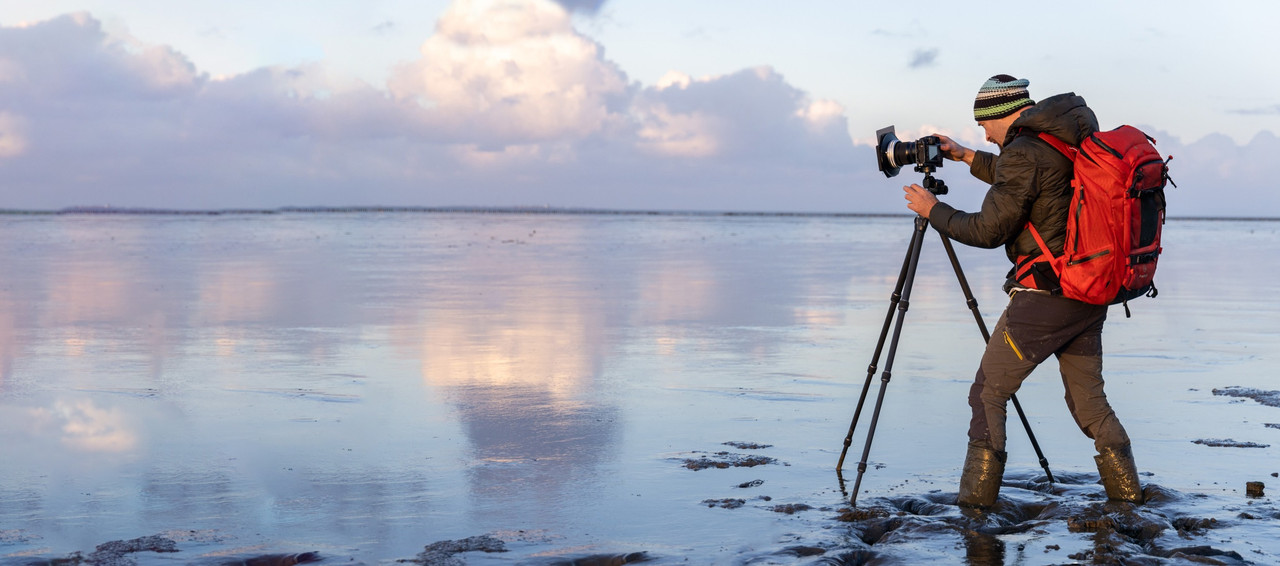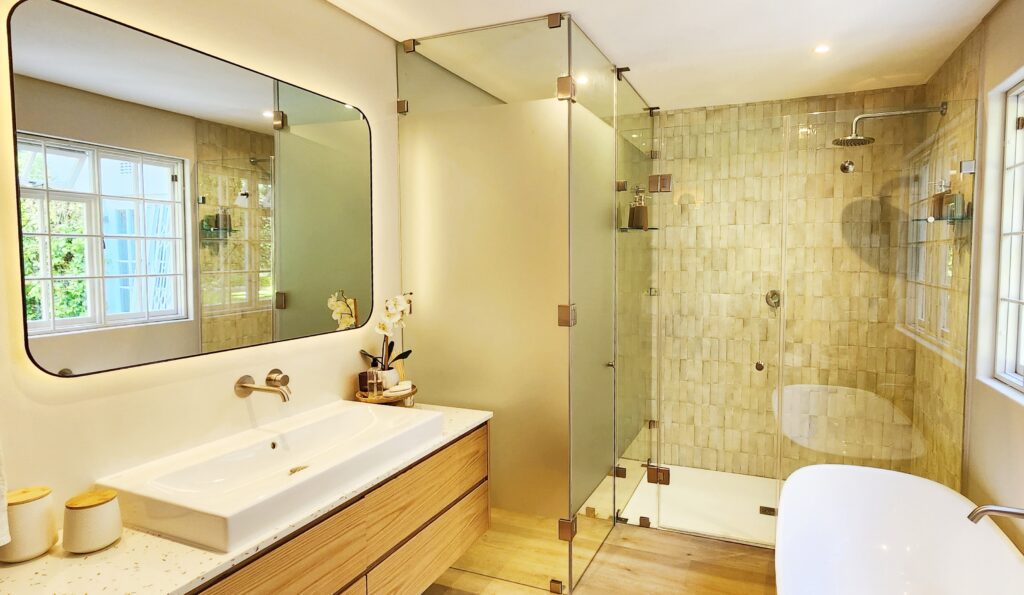In the ever-evolving landscape of technology and innovation, the fusion of traditional and modern elements often leads to groundbreaking creations. One such invention that has captured the imagination of both tech enthusiasts and music lovers is the “Maraca Camera.” This hybrid device seamlessly blends the rhythmic charm of maracas with the sophisticated capabilities of modern cameras, offering an unprecedented experience that is both auditory and visual.
The Genesis of the Maraca Camera
The concept of the Maraca Camera emerged from a desire to combine two seemingly unrelated fields: music and photography. The idea was to create a device that could capture the essence of a moment not just visually, but also through sound. Traditional maracas, a staple in Latin American music, produce a distinctive rhythmic sound that is both engaging and evocative. By integrating a camera into the maracas, inventors aimed to add a new dimension to the way we capture and experience memories.
The first prototype of the Maraca Camera was developed by a team of innovative engineers and musicians who believed in the power of interdisciplinary collaboration. Their goal was to create a user-friendly device that could be used by anyone, from professional photographers and musicians to casual users looking to add a creative twist to their media collection.
How It Works
At its core, the Maraca Camera is a maraca embedded with a high-resolution camera and a set of microphones. The camera is strategically placed to ensure that it can capture wide-angle shots without being obstructed by the user’s hand movements. The microphones, on the other hand, are designed to capture the rich, percussive sounds of the maraca as it is shaken.
When a user shakes the Maraca Camera, the device records both the sound of the maraca and the visual environment. The resulting footage is a unique blend of rhythmic audio and dynamic visuals, creating an immersive multimedia experience. The device can be connected to a smartphone or computer via Bluetooth or USB, allowing users to easily transfer and edit their recordings.
Applications and Creative Uses
The Maraca Camera opens up a world of creative possibilities. For musicians, it offers a novel way to incorporate visual elements into their performances. Imagine a live concert where the percussionist uses a Maraca Camera to capture the energy of the crowd while simultaneously adding a new layer of rhythm to the music. The footage can be projected in real-time, creating a mesmerizing fusion of sound and sight.
Photographers and videographers can also benefit from the unique capabilities of the Maraca Camera. It provides an unconventional way to capture candid moments, especially in settings where traditional cameras might feel intrusive. For instance, during a wedding or a festival, the Maraca Camera can be used to capture spontaneous, joyful interactions from a participant’s perspective, adding an authentic and personal touch to the footage.
In the realm of education, the Maraca Camera can be a valuable tool for teaching concepts related to both music and visual arts. Students can explore the relationship between rhythm and movement, creating multimedia projects that showcase their understanding of these interconnected fields.
Challenges and Considerations
While the Maraca Camera offers numerous exciting possibilities, it also comes with its own set of challenges. One of the primary concerns is ensuring the durability and functionality of the device. Maracas are often subjected to vigorous shaking, and integrating delicate camera components requires careful engineering to ensure that the device can withstand regular use without compromising on performance.
Another challenge is maintaining the quality of both the audio and visual recordings. The sound of the maraca must be captured clearly without interference from the internal mechanisms of the camera. Similarly, the camera must be able to capture high-quality footage even in low-light conditions, as many musical performances take place in dimly lit environments.
Moreover, the user interface needs to be intuitive, allowing users to easily switch between different modes and settings. Given the diverse range of potential users, from children to professional artists, the Maraca Camera must be accessible and straightforward to operate.
The Future of the Maraca Camera
As technology continues to advance, the potential of the Maraca Camera will only grow. Future iterations of the device could include features such as image stabilization, enhanced audio processing, and integration with virtual and augmented reality platforms. These advancements would further enhance the immersive experience offered by the Maraca Camera, making it a valuable tool for creators across various fields.
Additionally, the Maraca Camera could inspire the development of other hybrid devices that blend traditional instruments with modern technology. Such innovations would not only enrich our creative toolkit but also bridge the gap between different art forms, fostering a deeper appreciation for the interconnectedness of sound and sight.
Conclusion
The Maraca Camera stands as a testament to the power of creative innovation. By merging the rhythmic allure of maracas with the visual storytelling capabilities of modern cameras, it offers a unique and multifaceted way to capture and experience moments. Whether used in music, photography, education, or beyond, the Maraca Camera invites us to explore the world through a lens that harmonizes sound and sight, unlocking new dimensions of creativity and expression.




